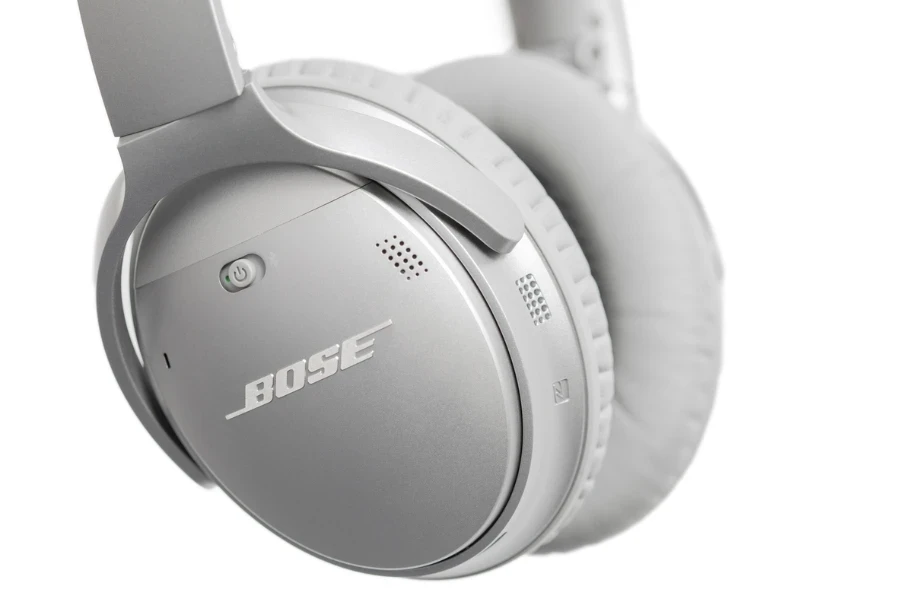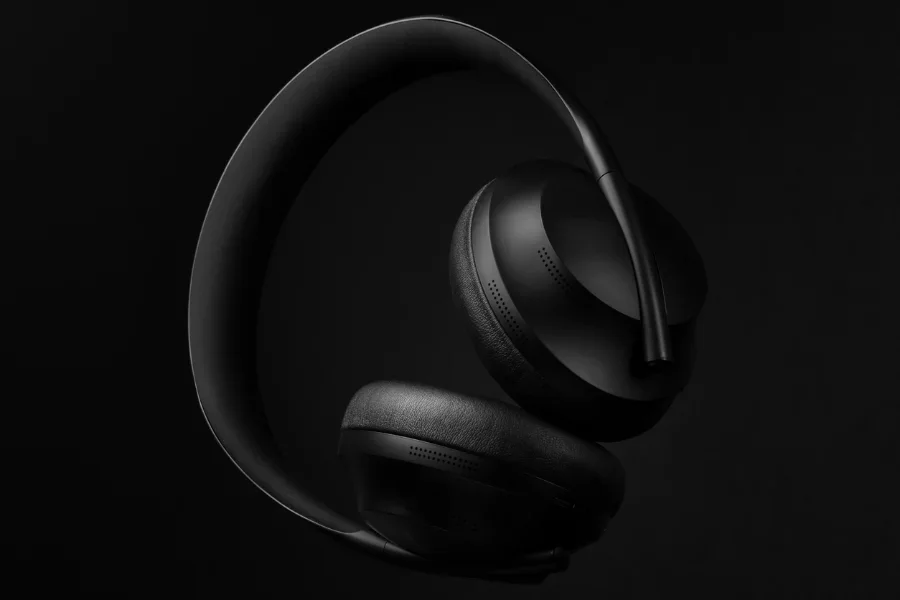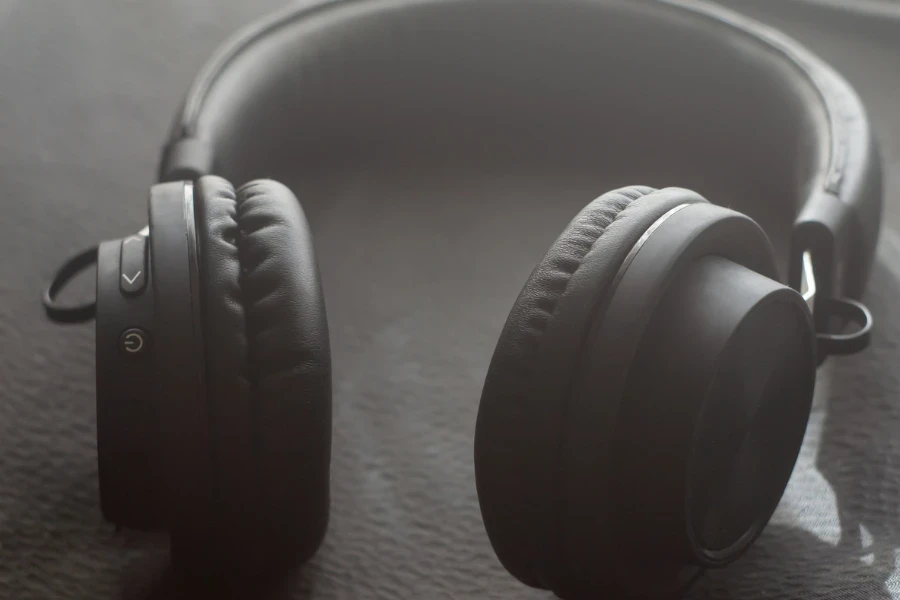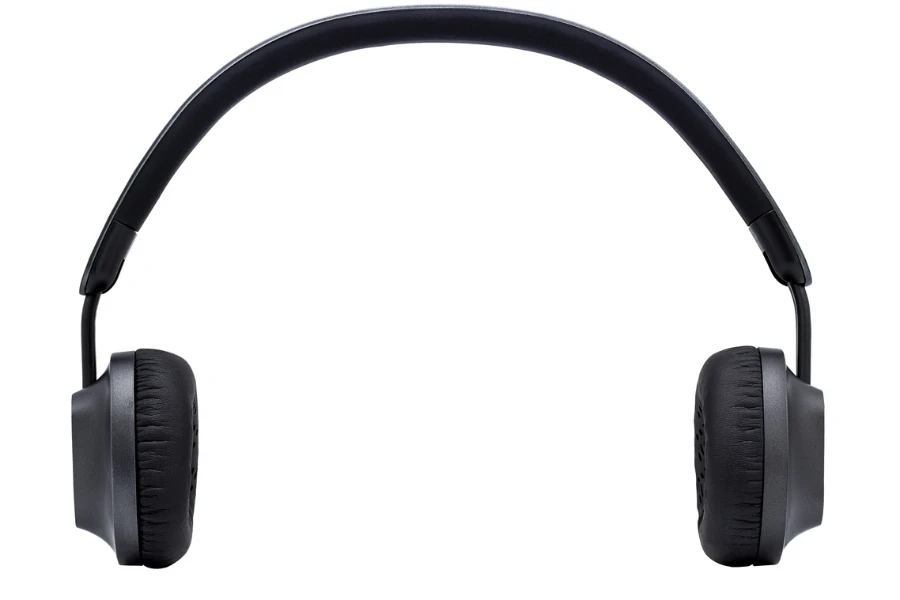Bose headphones have long stood as a paragon of quality in the audio industry, offering an immersive sound experience that’s hard to match. Whether you’re an audiophile, a casual listener, or someone in between, understanding the intricacies of these headphones can enhance your audio experience. This article delves into the workings, advantages, and considerations of choosing and using Bose headphones.
Table of Contents:
– What are Bose headphones?
– How do Bose headphones work?
– Benefits and drawbacks of Bose headphones
– How to choose Bose headphones
– How to use Bose headphones
What are Bose headphones?

Bose headphones are a line of high-quality audio devices designed to deliver superior sound quality and noise cancellation. Founded by Dr. Amar G. Bose in 1964, the Bose Corporation has been at the forefront of audio innovation, with its headphones being a testament to its legacy. These headphones come in various forms, including in-ear, over-ear, and around-ear designs, catering to different preferences and use cases.
The hallmark of Bose headphones is their meticulous engineering. The company invests heavily in research and development to ensure that every product offers an exceptional audio experience. This dedication to quality is evident in the headphones’ sound reproduction, which balances crisp highs, rich mids, and deep bass, providing a well-rounded listening experience.
Moreover, Bose headphones are renowned for their noise-cancelling technology. This feature uses advanced algorithms and microphones to detect and counteract ambient noise, allowing users to immerse themselves in their music or podcasts without external interruptions. This technology not only enhances the listening experience but also makes Bose headphones an ideal choice for travelers, commuters, and anyone looking to escape the noise of their surroundings.
How do Bose headphones work?

Bose headphones utilize a combination of acoustic design, electronic signal processing, and noise-cancelling technology to deliver their signature sound quality. At the heart of their operation is the principle of active noise cancellation (ANC). This involves using built-in microphones to continuously monitor environmental sounds. The headphones then produce a counter-signal, or “anti-noise,” that effectively cancels out unwanted noise, providing a much quieter listening environment.
The sound quality in Bose headphones is also attributed to their proprietary drivers and sound processing algorithms. These components work together to ensure accurate sound reproduction across a wide frequency range. The drivers are engineered to be highly efficient, converting electrical signals into sound waves with minimal distortion, resulting in clear and lifelike audio.
Additionally, Bose headphones often incorporate Bluetooth technology for wireless connectivity. This allows users to connect their headphones to various devices, such as smartphones, tablets, and laptops, without the need for cumbersome cables. The wireless technology in Bose headphones is designed to maintain a stable connection and high-quality audio transmission, ensuring a seamless listening experience even in busy environments.
Benefits and drawbacks of Bose headphones

Bose headphones offer several benefits, chief among them being their exceptional noise-cancelling capabilities. This feature is particularly beneficial for users who frequently find themselves in noisy environments, as it allows them to focus on their audio content without distraction. Additionally, the sound quality of Bose headphones is often praised for its clarity, balance, and detail, making them a favorite among audiophiles and casual listeners alike.
Another advantage of Bose headphones is their comfort and durability. The company uses high-quality materials and ergonomic designs to ensure that the headphones are comfortable to wear for extended periods. This is especially important for over-ear and around-ear models, which can sometimes exert pressure on the ears and head.
However, Bose headphones do have some drawbacks. One of the main criticisms is their price point, which is often higher than that of other brands. While many users find the investment worthwhile for the quality and features offered, others may find it prohibitive. Additionally, some users may prefer a more neutral sound signature than the one provided by Bose headphones, which is often tailored for a broad appeal rather than studio-level accuracy.
How to choose Bose headphones

Choosing the right Bose headphones depends on several factors, including your primary use case, preferred form factor, and budget. If you prioritize noise cancellation and are looking for headphones for travel or work in noisy environments, then models with advanced ANC technology should be at the top of your list. On the other hand, if you’re seeking headphones for home use or in quiet settings, you might prioritize sound quality and comfort over noise cancellation.
The form factor is another important consideration. In-ear models are compact and great for exercise or on-the-go listening, while over-ear and around-ear models offer better sound isolation and are generally more comfortable for long listening sessions. Additionally, consider whether you prefer wired or wireless connectivity, as this can affect your user experience and the types of devices you can connect to.
Finally, consider your budget. Bose headphones are a premium product, but the range includes options at various price points. Determine what features are most important to you and look for models that offer the best balance of price and performance.
How to use Bose headphones

Using Bose headphones is straightforward, but getting the most out of them may require familiarizing yourself with their features and settings. For wireless models, the first step is to pair them with your device. This usually involves holding down a button on the headphones to enter pairing mode, then selecting the headphones from your device’s Bluetooth menu. Once connected, you can use the controls on the headphones to adjust volume, skip tracks, and answer calls.
To maximize the benefits of noise cancellation, ensure that the ear cups or earbuds form a tight seal around your ears. This helps to block out external noise and improves the effectiveness of the ANC technology. Additionally, many Bose headphones come with a companion app that allows you to customize settings, such as the level of noise cancellation and sound profiles, to suit your preferences.
Lastly, take care of your headphones to maintain their performance and longevity. This includes storing them properly when not in use, avoiding exposure to extreme temperatures and moisture, and cleaning them regularly according to the manufacturer’s instructions.
Conclusion: Bose headphones offer a blend of superior sound quality, advanced noise-cancellation technology, and user-friendly features, making them a top choice for audio enthusiasts and everyday listeners alike. By understanding how they work, their benefits and drawbacks, and how to choose and use them effectively, you can make an informed decision and enjoy an exceptional listening experience. Whether for music, podcasts, or peace and quiet, Bose headphones are a sound investment in your audio journey.




